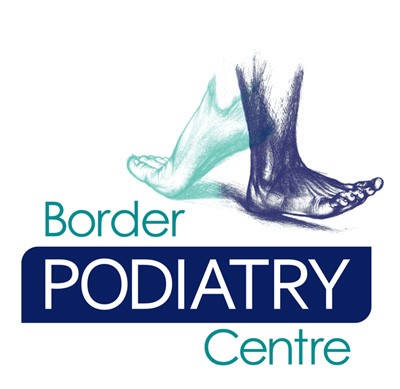As a parent of young children it is important to know about the position commonly known as ‘W-sitting’. It occurs when a child is sitting on the floor on their bottom, their knees pointing forward with their legs angled outward so that when looking from above is looks like the legs are forming a ‘W’ shape.
Children often W-sit because it is a very stable position that requires little muscle activity. The child’s base of support is wider and the centre of gravity lower. It’s an easy position to sit in to play or eat when sitting on the ground. It may make it easier for a child to be social.
However, when sitting in the W position a child cannot, or will find it difficult to, reach across the midline of their body or shift weight to the side of their body. It can encourage muscle weakness, as fewer muscles are needed to support the child in the W-sitting position.
From a podiatry perspective W-sitting is advised against as it can cause the muscles around the hip and in the legs to become shorter and tighter. It encourages the hip to sit in extreme internal rotation. This position has been linked to children developing knock-knees and becoming pigeon-toed and flatfooted. Children that are knock kneed and/or pigeon-toed often have issue with stumbling and tripping; they may find it difficult to keep up with their friends and may find walking long distances difficult. With increased stress on the hips W-sitting can lead to coordination and balance problems. If left untreated these issues can cause life-long gait abnormalities.
If your child W-sits the best place to start is by encouraging them to sit with their legs straight or legs crossed when they are playing. Remind them to straighten their legs whenever you see the W position. If your child is noticeably knock-kneed or pigeon-toed it is best if you organise an appointment with a podiatrist to assess your child’s gait pattern.
We are the experts when it comes to the foot health of your child and can discuss various management options with you to get your little one back on their feet and heading in the right direction.
